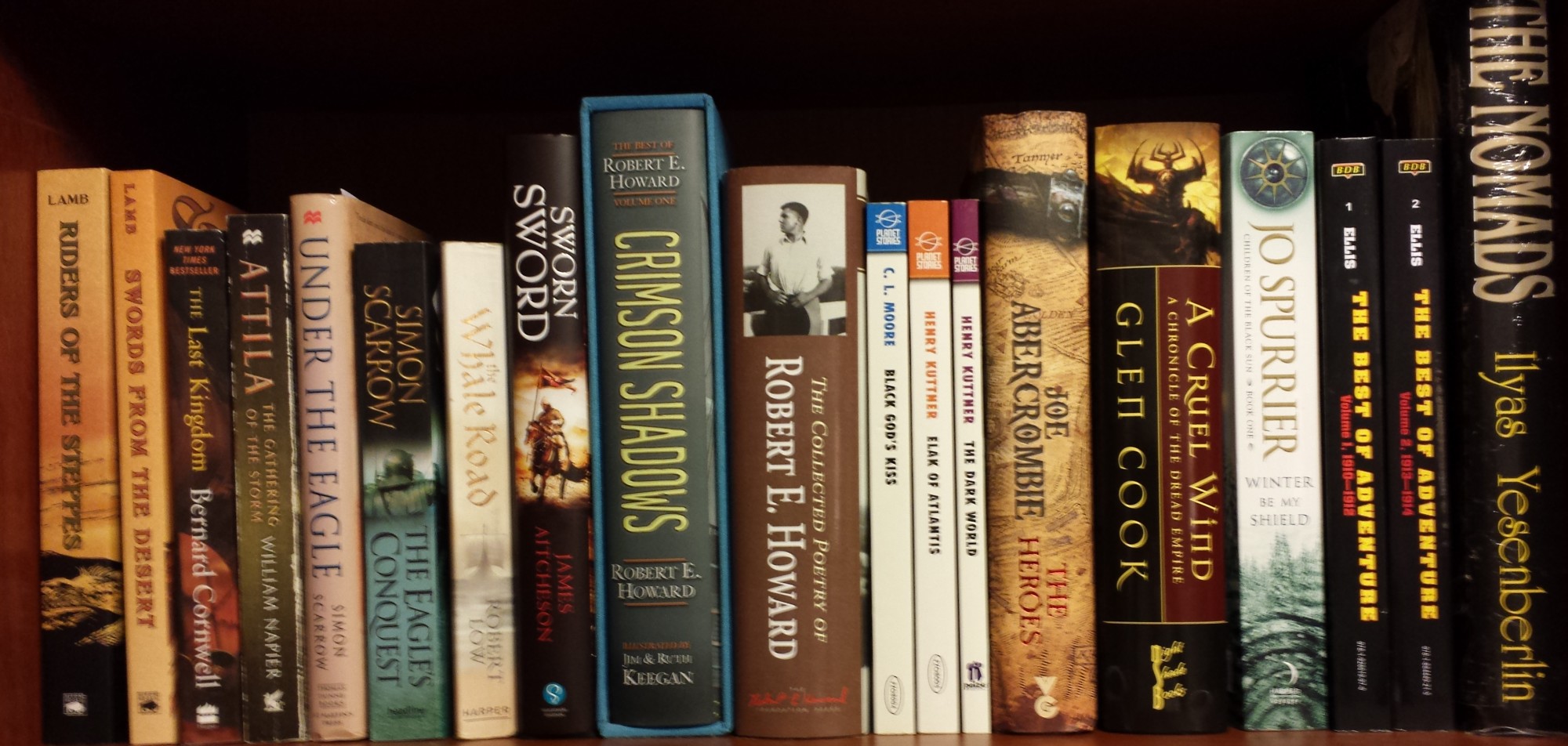Today (July 24) marks the birth of three practitioners of the weird tale: authors E. F. Benson (1867) and Lord Dunsany (1878) and artist Lee Brown Coye (1907).

E. F. Benson
During his lifetime, Benson was probably best known for his novels of upper middle class British life. The best known of these were the Mapp and Lucia novels, which have been adapted for television.
Benson’s legacy, though, was with his supernatural tales. Ash-Tree Press collected all his known ghost and spook stories in the early 2000s. Those editions are nice. They’re also expensive and out of print AFAIK. Fortunately Wordsworth has collected all the stories in an inexpensive edition.
I first encountered Benson when I was around ten, give or take a year. My grandparents had a farm in rural Mississippi, and we would stay there in the summers. One day I was poking through the bookcase and found a battered paperback copy of a ghost story anthology. It had probably belonged to my uncle, as my grandparents didn’t read that kind of thing. The book contained the Benson story “Caterpillars”. I became an instant fan. Other Benson stories that have stuck with me have been “Mrs. Amworth” and “The Room in the Tower”.

Lord Dunsany
Lord Dunsany needs little introduction. His work was greatly admired by H. P. Lovecraft. In fact, much of Lovecraft’s early work is written in a style similar to Dunsany’s.
Dunsany was primarily a writer of short stories, many of them only a page or two in length. One of his recurring characters was Jorkens. The Jorkens stories fall into what is primarily a British type of story, commonly called the club story. This is when a group of men (sorry, ladies, these stories were at the height of their popularity when men’s clubs were part of British upper crest society) sit around their club and tell tall tales. P. G. Wodehouse wrote some of these.
The difference between the standard club story and that practiced by Dunsany is that the core of the story involves something fantastic. Other examples include Gavan’s Bar by L. Sprague de Camp and Fletcher Pratt and Tales From the White Hart by Arthur C. Clarke.
Lee Brown Coye was an artist. I first became acquainted with his work when I snagged a copy Hugh B. Cave’s Murgunstrumm, published by Carcosa Press. Lately I’ve been reading the reprint of Manly Wade Wellman’s Worse Things Waiting, originally published by Carcosa. It was Lee Brown Coye who gave Karl Edward Wagner the idea that became his classic horror story “Sticks”. Here are some examples of his work.




















